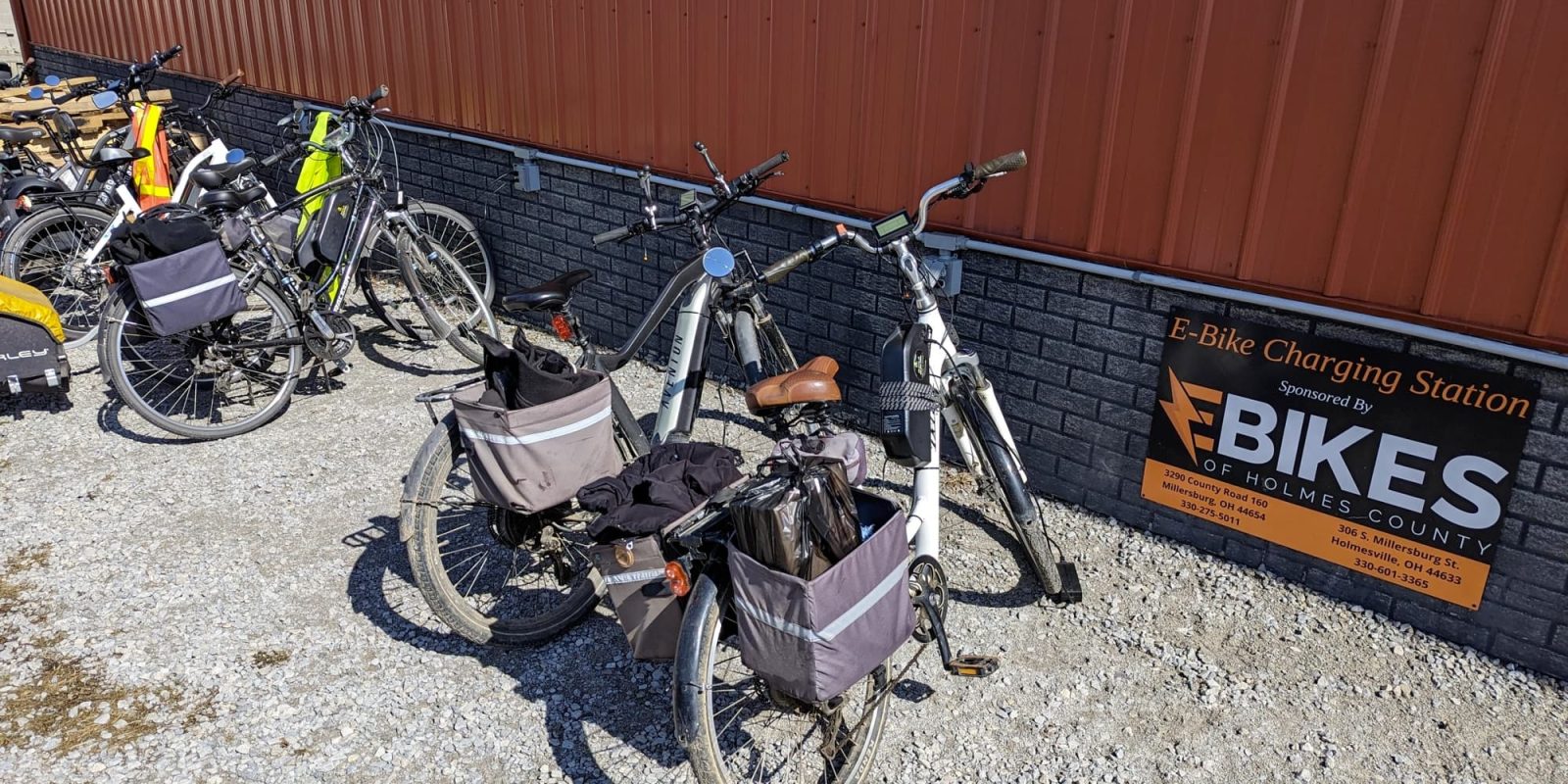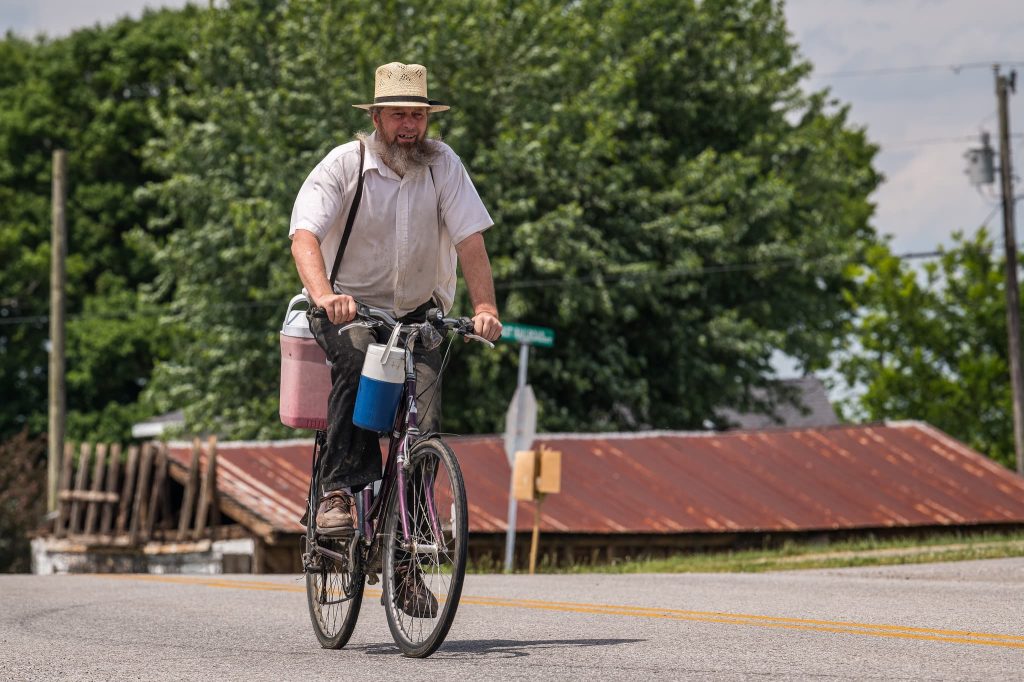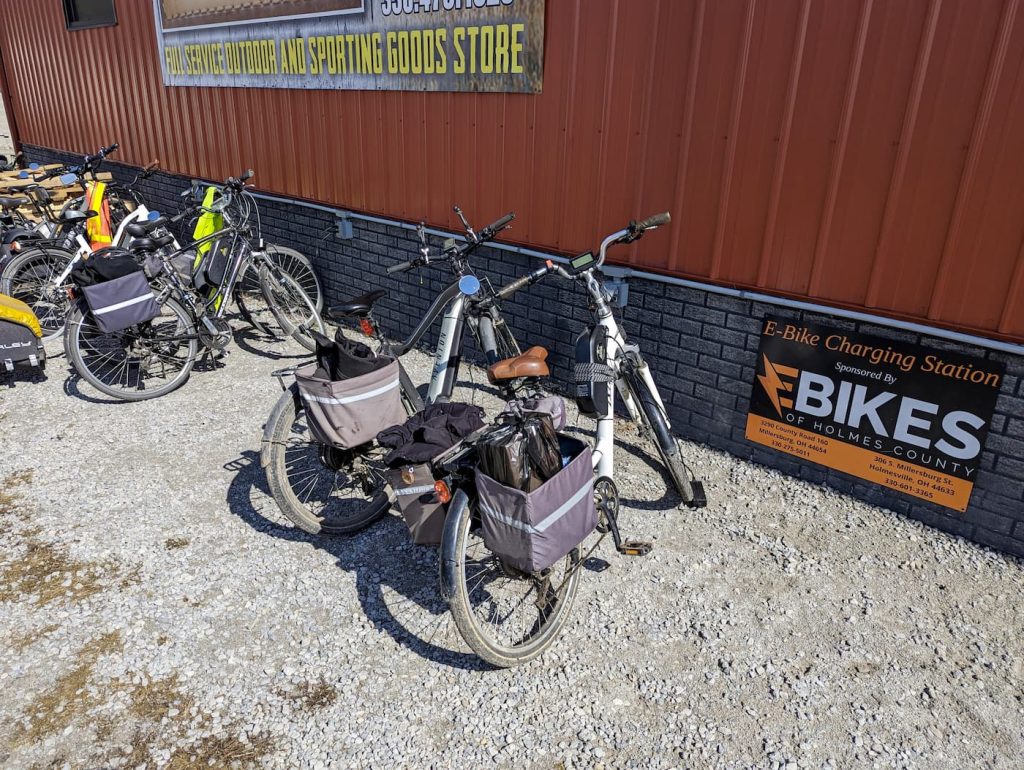
Electric bicycles have been finding favor in a growing number of communities. From hunters to surfers and even soldiers, e-bikes and their low-cost, far-reaching transportation options have permeated a surprising number of different groups and use cases. The latest community adopting e-bikes en masse may be even more of a surprise: the Amish.
Amish communities, more often known for their black buggies pulled by horses, have been increasingly turning to electric bikes as an alternative form of transportation.
But how could that be?
It’s a common misconception that Amish communities entirely shun electricity and technology. Rather, each Amish church and its surrounding community decides its own rules regarding how much technology is integrated into daily life. There is no single Amish doctrine or set of regulations, since these rules are decided at the individual community level.
That means electric bicycles, which have become a much lower impact solution than cars, are booming in many Amish communities.
David Mullet, a member of the Old Order Amish Church and the owner of E-bikes of Holmes County, a popular bicycle shop in a heavily Amish-populated area of Ohio, explained that e-bikes are simply faster and easier than horses:
“It’s a lot quicker to jump on your bike and go into town than it is to bring your horse into the barn, harness it to the buggy, and go. It’s a lot quicker and you travel faster too.”

Many Amish are permitted to ride in cars that they don’t own or operate themselves, which means it can be common to hire a driver for specific trips. But the practice can become expensive, as anyone who uses Uber on a regular basis will already know.
E-bikes have thus become an effective solution to the problem of commuting longer distances without hiring a driver.
As Mullet continued:
“Commuting to work is probably the number one way that electric bikes are being used. Some people are commuting eight to ten miles, some only one or two miles, but they jump on their bike and go. With a traditional bike, that would never have been considered. They would have had to hire a driver or the place of work would have had to hire a driver to bring in their employees. That still happens, but there are more people who commute to work every day on e-bikes.”

It is common for Amish areas to avoid dependence on the outside world, and thus the communities that do use electricity will often rely heavily on solar panels and other local forms of electricity generation.
That aligns well with electric bicycles, which have small batteries that are easily charged by equally small solar panels.
Mullet’s bike shop is entirely off-grid, with two dozen solar panels on the roof to power the store’s electricity. Public e-bike charging stations are also becoming more popular in Amish country, which are simple to create with a series of outdoor weather-protected 120VAC outlets.
Powered by a solar panel array and battery bank, the outlets help riders charge up their e-bikes without relying on an electricity connection provided from outside of their own community.
An Amish e-bike charging station recently shared on Reddit seems to be quite busy, and bike theft in the community is probably non-existent.

Electrek’s Take
Well there you go, yet another example of e-bikes changing lives for the better.
It’s great to see how many different types of folks have discovered the usefulness of electric bikes, and for such different reasons.
The ability to go completely off-grid with their e-bikes is also a neat aspect to the Amish community’s adoption of e-bikes. It’s a great example of how these powerful transportation alternatives can make a difference in areas of the world without reliable electricity supply, such as in third world countries.
FTC: We use income earning auto affiliate links. More.



![Yangwang U9 Xtreme cracks 300 mph to become fastest production car EVER [video]](https://i0.wp.com/electrek.co/wp-content/uploads/sites/3/2025/09/Yangwang-U9-Xtreme.jpg?resize=1200,628&quality=82&strip=all&ssl=1)








